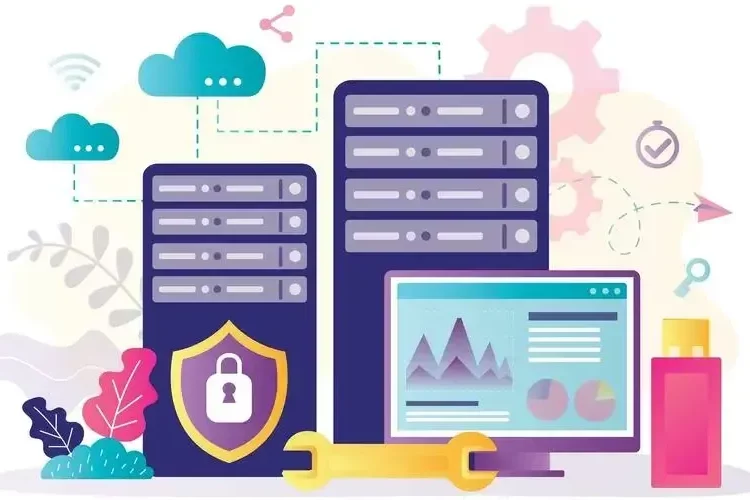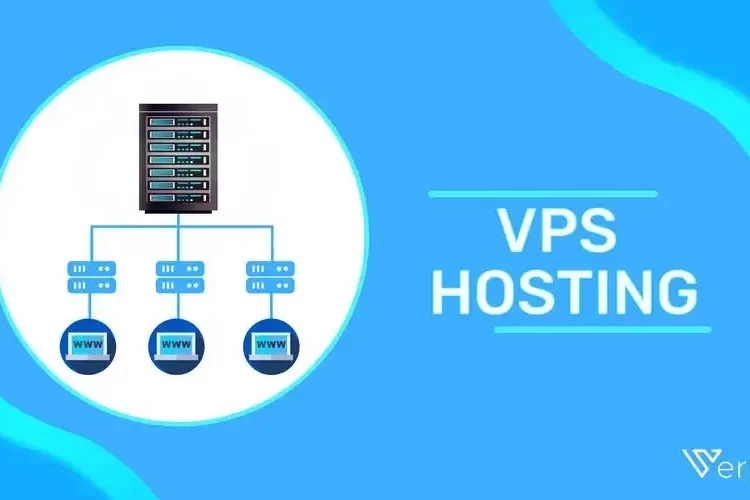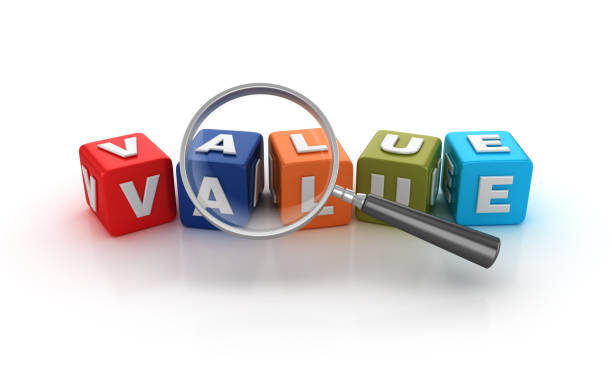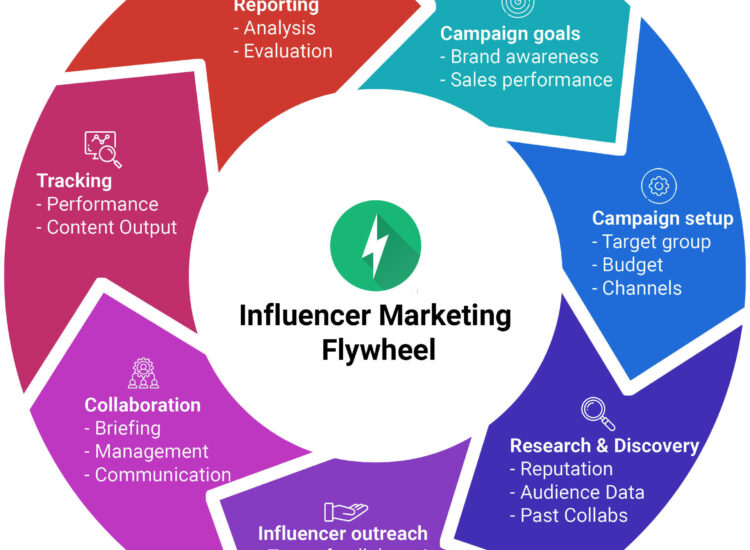In today’s hyper-competitive marketplace, understanding your customer is no longer a competitive advantage – it’s a fundamental requirement for survival and growth. Customers interact with brands across numerous touchpoints, both online and offline, creating complex pathways from initial awareness to long-term loyalty. How can businesses truly grasp these intricate interactions, identify friction points, and create seamless, positive experiences? The answer lies in Customer Journey Mapping.
Toc
- 1. Why is Customer Journey Mapping Crucial for Modern Businesses?
- 2. Understanding the Core Components of a Customer Journey Map
- 3. The Stages of a Typical Customer Journey
- 4. Related articles 01:
- 5. How to Create an Effective Customer Journey Map: A Step-by-Step Guide
- 6. Related articles 02:
- 7. Types of Customer Journey Maps
- 8. Leveraging Your Customer Journey Map for Business Impact
- 9. Common Pitfalls to Avoid in Customer Journey Mapping
- 10. Embrace the Journey to Customer-Centricity
Customer Journey Mapping is a powerful strategic tool that visually represents the entire experience a customer has with your organization from their perspective. It’s more than just a flowchart; it’s an exercise in empathy, forcing businesses to step into their customers’ shoes and see the world through their eyes. By charting out each stage, touchpoint, action, thought, and emotion, companies gain invaluable insights into customer needs, pain points, and moments of delight. This comprehensive guide will delve deep into the what, why, and how of Customer Journey Mapping, providing actionable steps to create and leverage maps that drive meaningful business impact and foster true customer-centricity.
Why is Customer Journey Mapping Crucial for Modern Businesses?
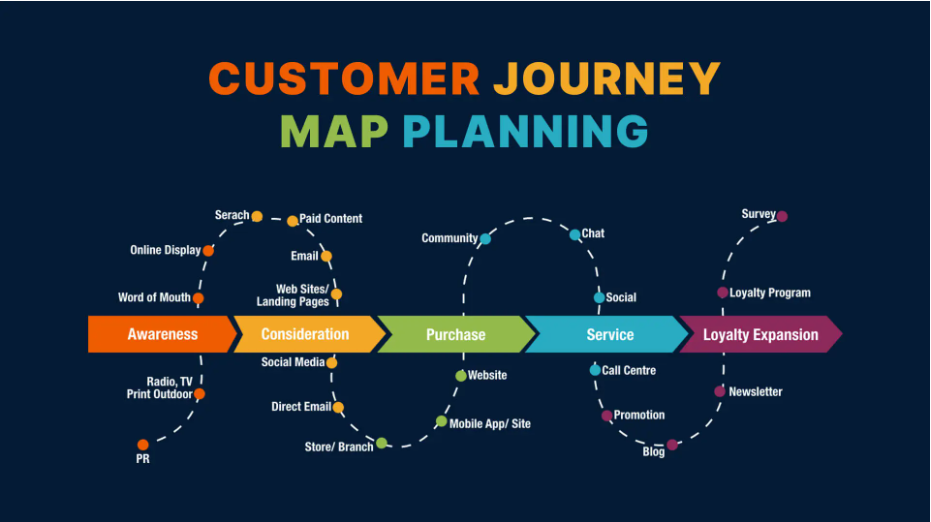
Investing time and resources into Customer Journey Mapping yields significant strategic benefits across the organization:
-
Fosters Deep Customer Empathy: The primary goal is to understand the customer experience from their viewpoint. This builds empathy within teams, shifting focus from internal processes to external customer needs and feelings.
-
Identifies Pain Points and Friction: Maps clearly highlight where customers struggle, face obstacles, feel frustrated, or experience service gaps. Pinpointing these pain points is the first step toward resolving them.
-
Reveals Moments of Truth and Delight: Journey mapping also illuminates positive interactions and key moments where you exceed expectations, reinforcing what works well and identifying opportunities to replicate success.
-
Optimizes Customer Experience (CX): By understanding the end-to-end journey, businesses can streamline processes, improve touchpoint interactions, and create a more consistent, seamless, and positive overall experience.
-
Breaks Down Internal Silos: The customer journey rarely respects departmental boundaries (Marketing, Sales, Support, Product). Mapping requires cross-functional collaboration, fostering a shared understanding of the customer experience and encouraging unified efforts.
-
Aligns Teams Around the Customer: A visual journey map serves as a common reference point, ensuring everyone from leadership to frontline staff understands the customer’s path and their role in shaping it.
-
Identifies Opportunities for Innovation: Understanding customer needs and frustrations at different stages can spark ideas for new products, services, features, or content that better meet those needs.
-
Improves Conversion Rates: By smoothing out friction points in the consideration and purchase phases, journey mapping can directly contribute to higher conversion rates.
-
Boosts Customer Retention and Loyalty: Addressing pain points and creating positive experiences, particularly during onboarding and support interactions, leads to increased satisfaction and long-term loyalty.
-
Provides Strategic Direction: Journey maps inform strategic decisions related to marketing messaging, sales processes, product development priorities, content strategy, and customer service protocols.
Understanding the Core Components of a Customer Journey Map

While the visual format can vary, effective customer journey maps typically include several key components:
-
Persona: The map focuses on the journey of a specific customer persona – a semi-fictional representation of your ideal customer segment, complete with demographics, goals, motivations, and pain points. Mapping different personas reveals variations in experiences.
-
Scenario/Goal: What specific goal is the persona trying to achieve through this journey (e.g., researching a solution, purchasing a product, getting technical support, renewing a subscription)?
-
Journey Stages: These are the distinct high-level phases the customer goes through. Common stages include Awareness, Consideration, Purchase (Decision), Onboarding/Use, Retention, and Advocacy, but these should be tailored to the specific scenario.
-
Actions: What specific actions does the customer take during each stage? (e.g., performs a Google search, visits website, downloads a whitepaper, contacts sales, uses the product, calls support).
-
Touchpoints: Where do interactions between the customer and the company occur at each stage? These can be digital (website, app, social media, email, ads) or physical/human (store, sales rep, support agent, event).
-
Thoughts: What is the customer thinking during each action or interaction? What questions, concerns, or motivations are top-of-mind? (e.g., “Is this product reliable?”, “Which option is best?”, “This setup is confusing.”).
-
Feelings/Emotions: How does the customer feel at each point? Are they excited, confused, frustrated, satisfied, anxious, relieved? Often visualized as an “emotional curve” across the journey. This is critical for identifying high and low points.
-
Pain Points/Friction: What specific problems, frustrations, or obstacles does the customer encounter? Where does the experience fall short of expectations?
-
Opportunities: Based on the identified pain points and insights gained, what are the opportunities for improvement? How can the experience be enhanced, friction removed, or value added at each stage?
The Stages of a Typical Customer Journey
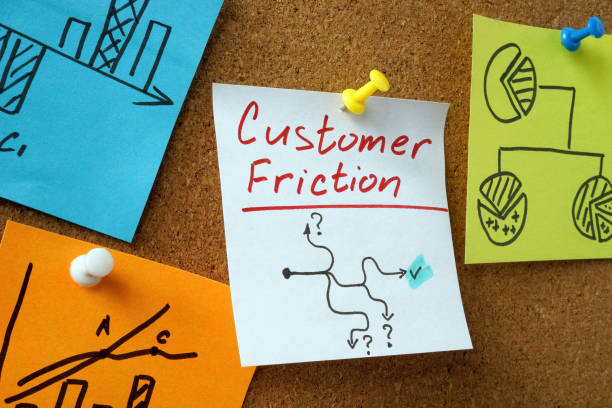
While every journey is unique, many follow a general pattern. Understanding these common stages provides a starting framework for your Customer Journey Mapping efforts:
-
Awareness: The customer realizes they have a need or problem and becomes aware of potential solutions, including your brand. (Touchpoints: Ads, social media, blog posts, word-of-mouth).
-
Consideration/Research: The customer actively researches and evaluates different options to address their need. They compare features, pricing, and reviews. (Touchpoints: Website, comparison sites, reviews, case studies, webinars, sales demos).
-
Purchase/Decision: The customer chooses a solution and makes the purchase or commitment. (Touchpoints: E-commerce checkout, sales negotiation, contract signing, point-of-sale).
-
Onboarding/Use: The customer starts using the product or service. This initial experience is critical for setting the stage for long-term success. (Touchpoints: Welcome emails, setup guides, tutorials, initial support interactions, product interface).
-
Retention/Support: The customer continues to use the product/service and may require ongoing support or engage further with the brand. (Touchpoints: Customer support channels, knowledge base, newsletters, community forums, account management).
-
Advocacy: The satisfied customer becomes loyal and actively recommends the brand to others. (Touchpoints: Referral programs, review platforms, social sharing, case study participation).
Remember: These stages are illustrative. Your specific map should reflect the actual phases relevant to the persona and scenario you are mapping.
How to Create an Effective Customer Journey Map: A Step-by-Step Guide

Creating a valuable Customer Journey Map is a collaborative process grounded in research. Here’s a practical approach:
Step 1: Set Clear Objectives and Scope
-
Define Your “Why”: What specific business problem are you trying to solve or goal are you trying to achieve with this map? (e.g., reduce support calls, improve onboarding conversion, increase repeat purchases). This keeps the effort focused.
-
Define the Scope: Which specific journey are you mapping? Don’t try to map everything at once. Start with a high-impact or problematic journey.
Step 2: Choose Your Persona
-
Select one specific customer persona for the map. If you have multiple key segments, you’ll eventually need multiple maps.
-
Ensure the persona is well-defined with clear goals, motivations, and potential challenges relevant to the journey scope.
Step 3: Gather Research (The Most Critical Step!)
-
Don’t Make Assumptions: Base your map on real data, not internal guesses.
-
Qualitative Research:
-
Customer Interviews: Talk directly to customers who have recently completed the journey. Ask open-ended questions about their experience, actions, thoughts, and feelings.
-
Sales & Support Team Interviews: These frontline teams have invaluable insights into customer interactions and common issues.
-
Social Listening: Monitor social media mentions and online reviews for unsolicited feedback.
-
-
Quantitative Research:
-
Website & App Analytics: Track user flows, drop-off points, time on page, and conversion paths (e.g., using Google Analytics).
-
Surveys: Use targeted surveys (e.g., Net Promoter Score – NPS, Customer Satisfaction – CSAT, post-interaction surveys) to gather feedback at scale.
-
Support Ticket Analysis: Analyze support logs to identify recurring problems and frequently asked questions at different stages.
-
Heatmaps and Session Recordings: Tools like Hotjar can show where users click, scroll, and struggle on your website.
-
Step 4: Outline the Journey Stages
-
Based on your research, define the key stages the chosen persona goes through to achieve their goal within the defined scope. Use customer-centric language.
Step 5: Identify All Touchpoints
-
For each stage, list every point where the customer interacts (or could interact) with your brand or related resources. Be exhaustive.
Step 6: Map Customer Actions, Thoughts, and Feelings
-
Actions: Detail what the customer does at each touchpoint within each stage.
-
Thoughts: Capture the customer’s internal monologue – their questions, motivations, and expectations at that moment. Use direct quotes from research where possible.
-
Feelings/Emotions: Assign an emotion (or use an emoji/rating scale) to reflect how the customer feels during each action/touchpoint. Plot this across the journey to visualize the emotional highs and lows.
Step 7: Identify Pain Points and Friction
-
Explicitly call out the obstacles, frustrations, confusing elements, delays, or unmet expectations identified during your research. Where does the journey break down or cause negative emotions?
Step 8: Pinpoint Opportunities for Improvement
-
This is where the map becomes actionable. For each pain point or low emotional point, brainstorm potential solutions. How can you simplify the process, provide better information, offer support, or enhance the experience? Think short-term fixes and long-term strategic changes.
Step 9: Visualize the Map
-
Choose a format that clearly presents the information. This could be:
-
A spreadsheet (simple, easy to manage data).
1. https://cungcapthietbiyte.com/mmoga-maximizing-visibility-and-reach-with-vertical-marketing-systems
-
A diagram/flowchart (using tools like Miro, Lucidchart, Visio, or even PowerPoint).
-
An infographic (visually engaging, good for sharing).
-
-
Many Customer Journey Mapping templates are available online to get you started. Ensure it includes all the core components (Stages, Actions, Thoughts, Feelings, Touchpoints, Pain Points, Opportunities).
Step 10: Share, Validate, and Iterate
-
Share Widely: Distribute the map across relevant teams (Marketing, Sales, Product, Support, UX).
-
Validate: Gut-check the map with frontline staff and, if possible, with actual customers.
-
Prioritize Opportunities: Evaluate the identified opportunities based on impact and feasibility.
-
Act: Develop action plans to implement improvements.
-
Iterate: The customer journey is not static. Revisit and update your maps regularly (e.g., quarterly or annually) or when significant product/process changes occur. Treat it as a living document.
Types of Customer Journey Maps

While the core structure is similar, maps can focus on different perspectives:
-
Current State Map: Visualizes the customer experience as it is today. Most common type, used to identify current pain points and opportunities.
-
Future State Map: Visualizes the ideal customer experience as you want it to be after implementing improvements. Used for setting goals and aligning teams on a future vision.
-
Day in the Life Map: Provides a broader view of the customer’s entire day, including activities not directly related to your brand, to understand their overall context, challenges, and behaviors.
-
Service Blueprint: A related concept that maps the customer actions alongside the corresponding internal actions (frontstage and backstage) and support systems required to deliver the experience. More operationally focused.
Leveraging Your Customer Journey Map for Business Impact
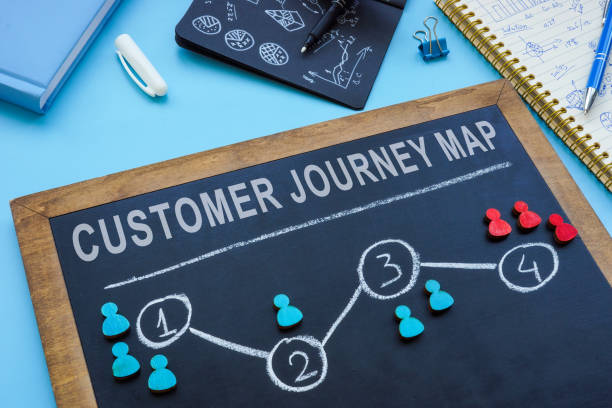
A completed map is just the beginning. Its real value comes from how you use it:
-
Targeted CX Improvements: Address specific pain points identified in the map.
-
Touchpoint Optimization: Enhance interactions at key moments (e.g., improving website navigation, simplifying checkout, proactive support).
-
Informed Product Development: Use insights into customer needs and frustrations to guide feature prioritization and new product ideas.
-
Content Strategy Alignment: Create content that addresses customer questions and concerns at each stage of their journey.
-
Personalization Efforts: Understand context and needs at different stages to deliver more relevant messaging and offers.
-
Employee Training: Use maps to educate staff on the customer perspective and their role in delivering a positive experience.
-
Breaking Down Silos: Facilitate cross-functional workshops using the map as a focal point to drive collaborative problem-solving.
-
Measuring Success: Track metrics related to the pain points or opportunities identified in the map to measure the impact of implemented changes.
Common Pitfalls to Avoid in Customer Journey Mapping

-
Making Assumptions (Lack of Research): Basing the map on internal beliefs instead of real customer data.
-
Being Too Internally Focused: Mapping company processes instead of the customer’s actual experience and perspective.
-
Creating Overly Complex Maps: Trying to capture too much information, making the map difficult to understand and use. Keep it focused.
-
Not Involving Stakeholders: Creating the map in isolation without input from cross-functional teams.
-
Lack of Actionability: Failing to identify clear opportunities or develop action plans based on the map’s insights.
-
Treating it as a One-Off Project: Not revisiting and updating the map regularly, allowing it to become outdated.
Embrace the Journey to Customer-Centricity

Customer Journey Mapping is far more than just a visualization exercise; it’s a strategic imperative for any organization serious about putting the customer at the center of its operations. By systematically charting the course your customers take, embracing their perspective, and identifying both their struggles and successes, you gain the clarity needed to make impactful improvements.
The process fosters empathy, breaks down silos, and provides a clear roadmap for enhancing customer experience, boosting loyalty, and ultimately driving business growth. While creating a comprehensive map requires effort and research, the insights gained are invaluable. Don’t let your understanding of the customer experience be based on assumptions. Embrace Customer Journey Mapping as a continuous process to navigate the complexities of customer interactions and build a truly customer-centric organization, one touchpoint at a time.
